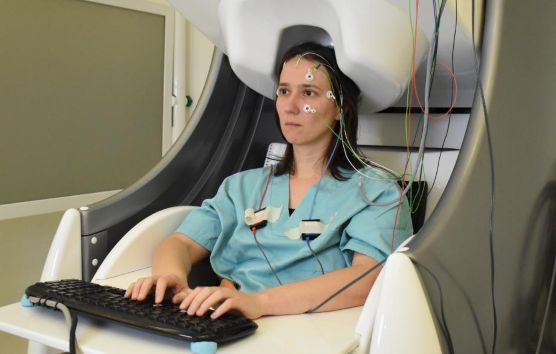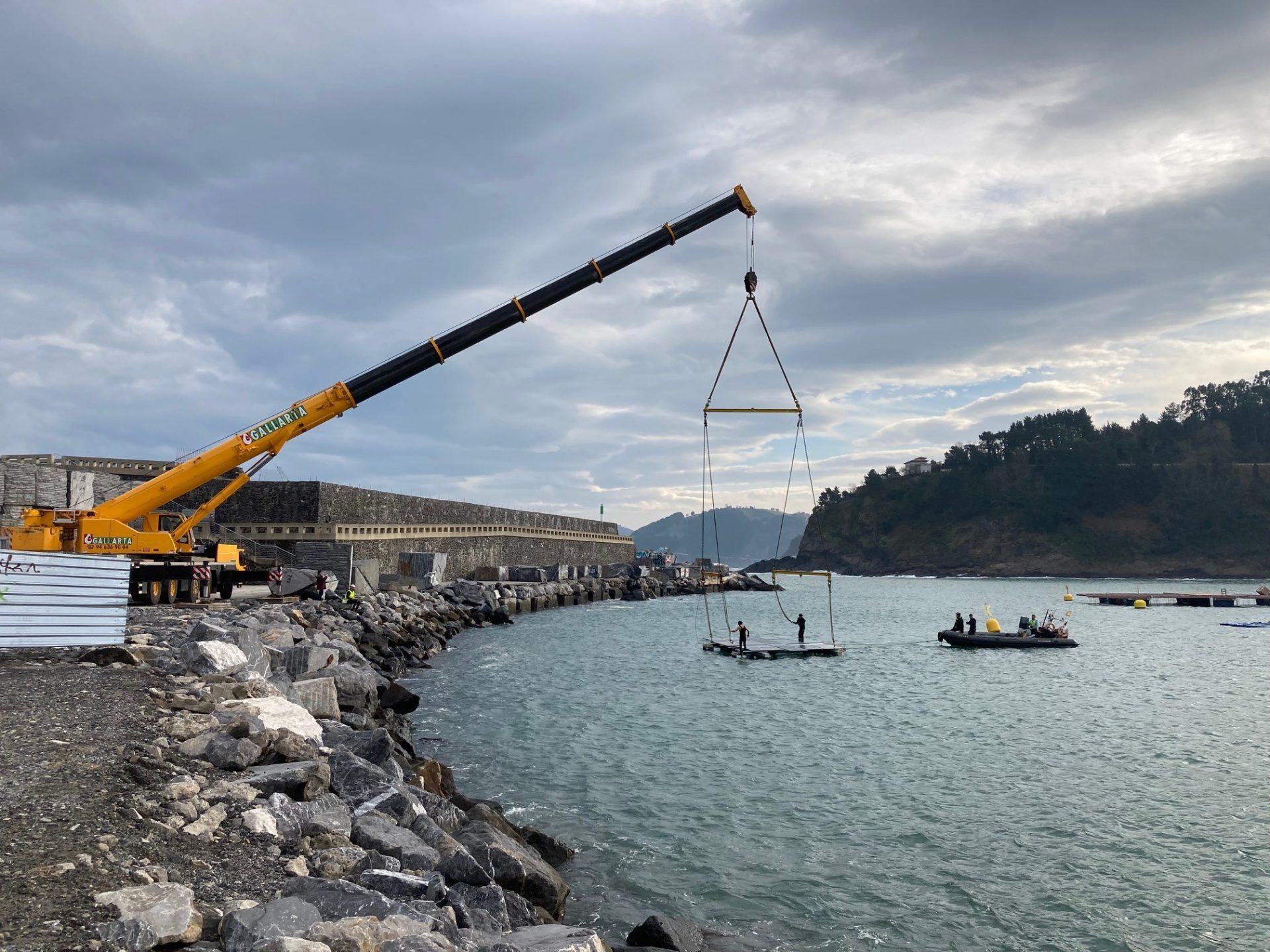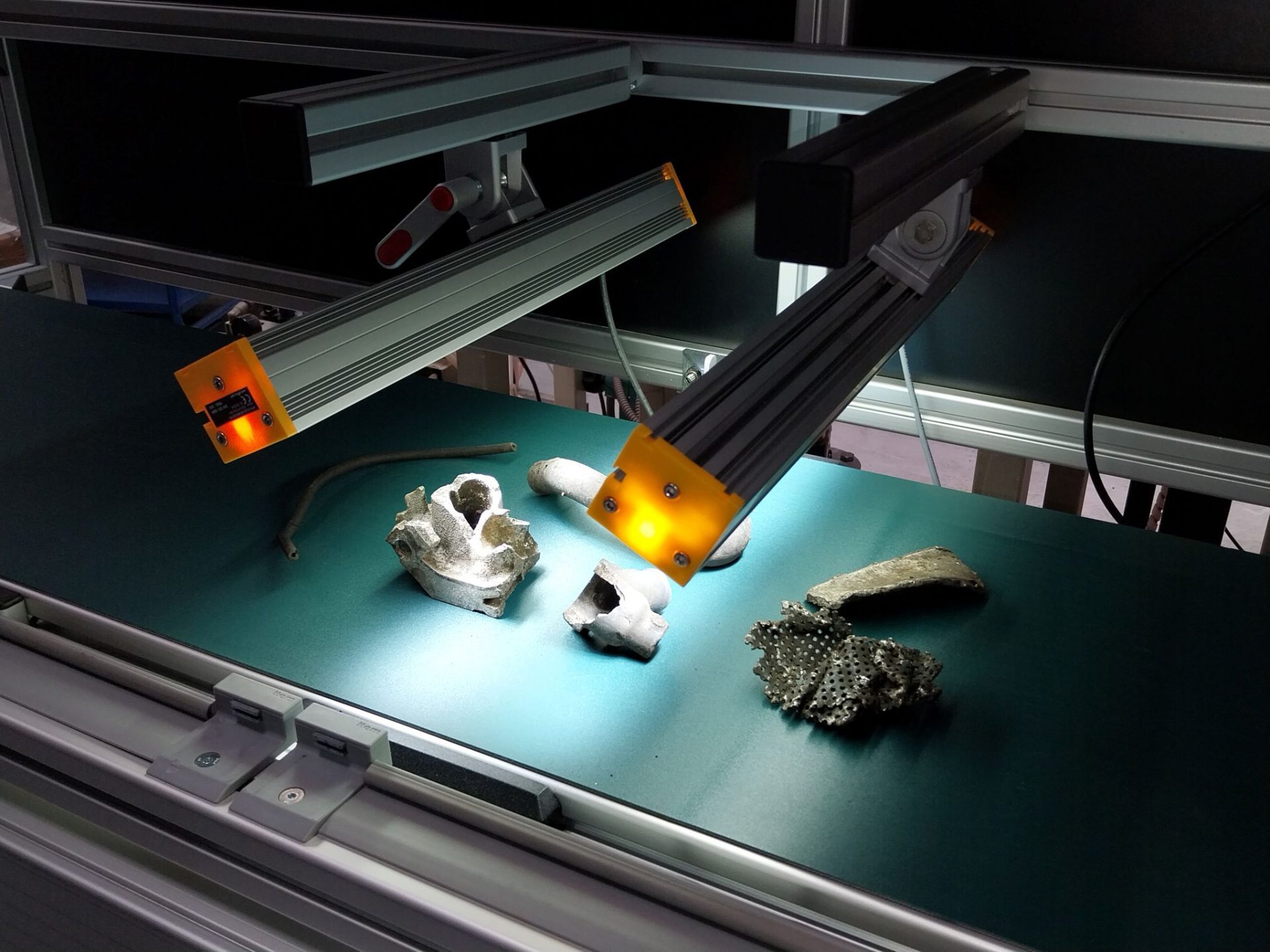Meta and BCBL collaborate to boost AI in neuroscience

The technology multinational and the Basque research centre have worked together to develop new Artificial Intelligence models.
Using brain signals recorded in BCBL’s laboratories, the aim is to open up a new way of restoring communication in patients with brain injuries.
Every year, thousands of people suffer brain injuries that impair their ability to communicate. There are neuroprostheses on the market that make it possible to restore this condition, but the techniques used, such as stereotaxic electroencephalography and electrocorticography, are invasive and require neurosurgical interventions.
The multinational technology company Meta and the Basque Center on Cognition, Brain and Language (BCBL) have collaborated to research and develop new Artificial Intelligence (AI) models that enable the use of less invasive intervention techniques in people who have lost, for example, the ability to speak.
On the one hand, using magnetoencephalography (MEG) and electroencephalography (EEG), two advanced non-invasive devices available at the neuroscience research centre, BCBL recorded the brain activity of healthy volunteers while they were writing sentences.
The goal was to train a new AI model capable of reconstructing the sentence from the recorded brain signals and open a new avenue for brain-computer interfaces to restore communication in cognitively impaired patients.
‘Building on our previous work to decode image perception and speech from brain activity, we have successfully decoded sentence production from non-invasive brain recordings, with an accuracy of up to 80% of characters and thus often reconstructing complete sentences from brain signals alone,’ explains Meta researcher Jean-Rémi King.
However, despite the first satisfactory results, major challenges remain before this less invasive approach can be applied in clinical settings: improving decoding performance, which remains imperfect, and facilitating the use of the MEG technique, which requires subjects to be in a magnetically shielded room and to remain very still.
In addition, while this research was conducted on healthy volunteers, future work will be needed to explore how it could benefit people with brain injuries.
Understanding how the brain shapes language
Meta and BCBL have also made progress in understanding the neural mechanisms that coordinate language production in the human brain.
‘Studying the brain during speech has always been extremely challenging for neuroscience, partly due to a simple technical problem: moving the mouth and tongue greatly corrupts the neuroimaging signals,’ says BCBL researcher Svetlana Pinet.
To explore how the brain transforms thoughts into intricate sequences of motor actions, the research team analysed MEG signals while participants wrote sentences. By taking 1,000 snapshots of the brain every second, they were able to identify when thoughts become words, syllables and even individual letters.
‘Our work shows how the brain generates a sequence of representations starting from the most abstract level and progressively transforming them into actions. It also reveals how it is able to coherently and simultaneously represent successive words and actions. To do this, neural activity follows a hierarchical dynamic, a special neural mechanism that maintains the representations over long periods of time and without interfering with future, current and past actions,’ adds Pinet.
Deciphering the neural code of language remains one of the main challenges of Artificial Intelligence and neuroscience, so these advances in the understanding of neural architecture and its computational principles represent a significant step forward in this field.




